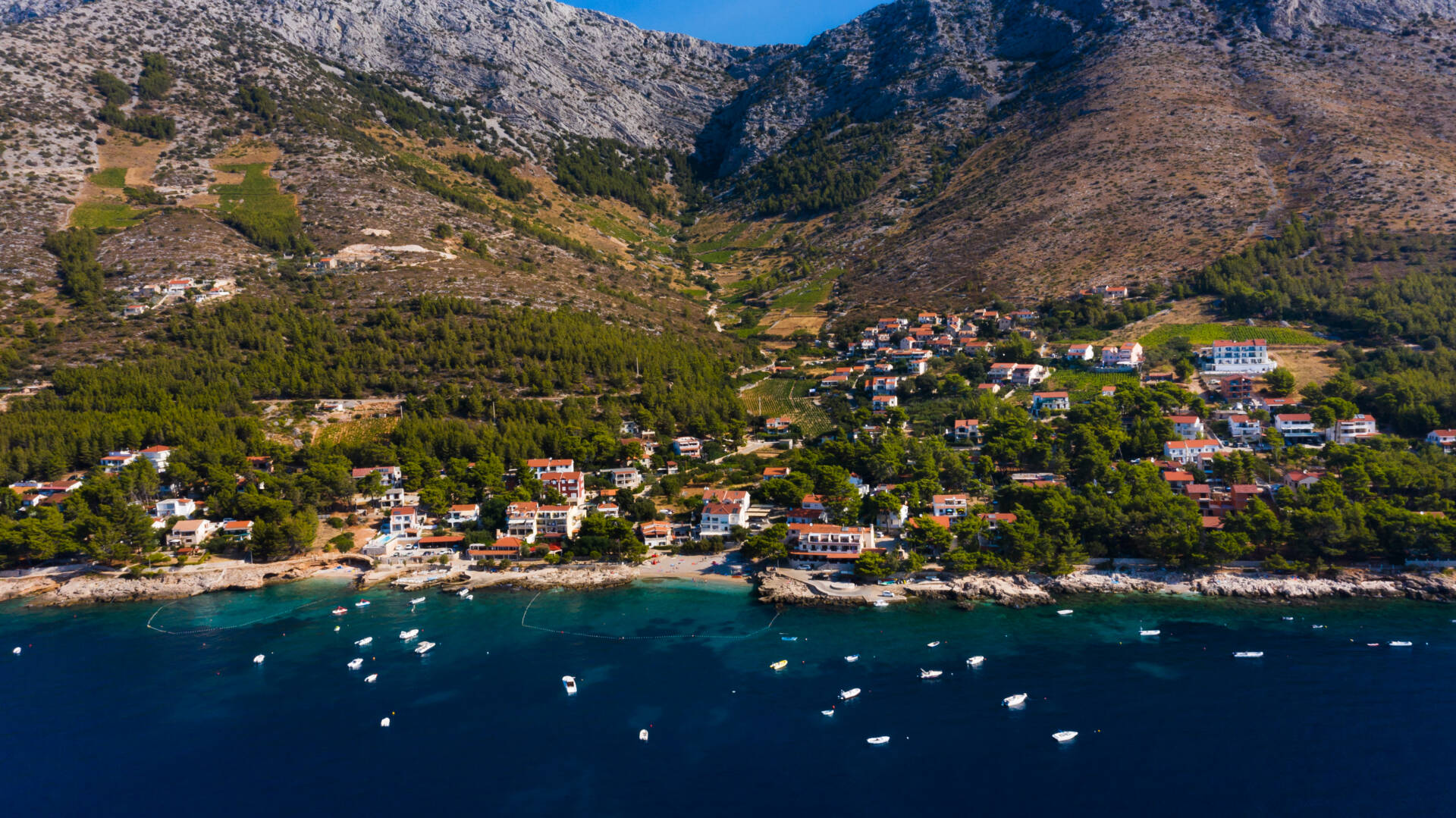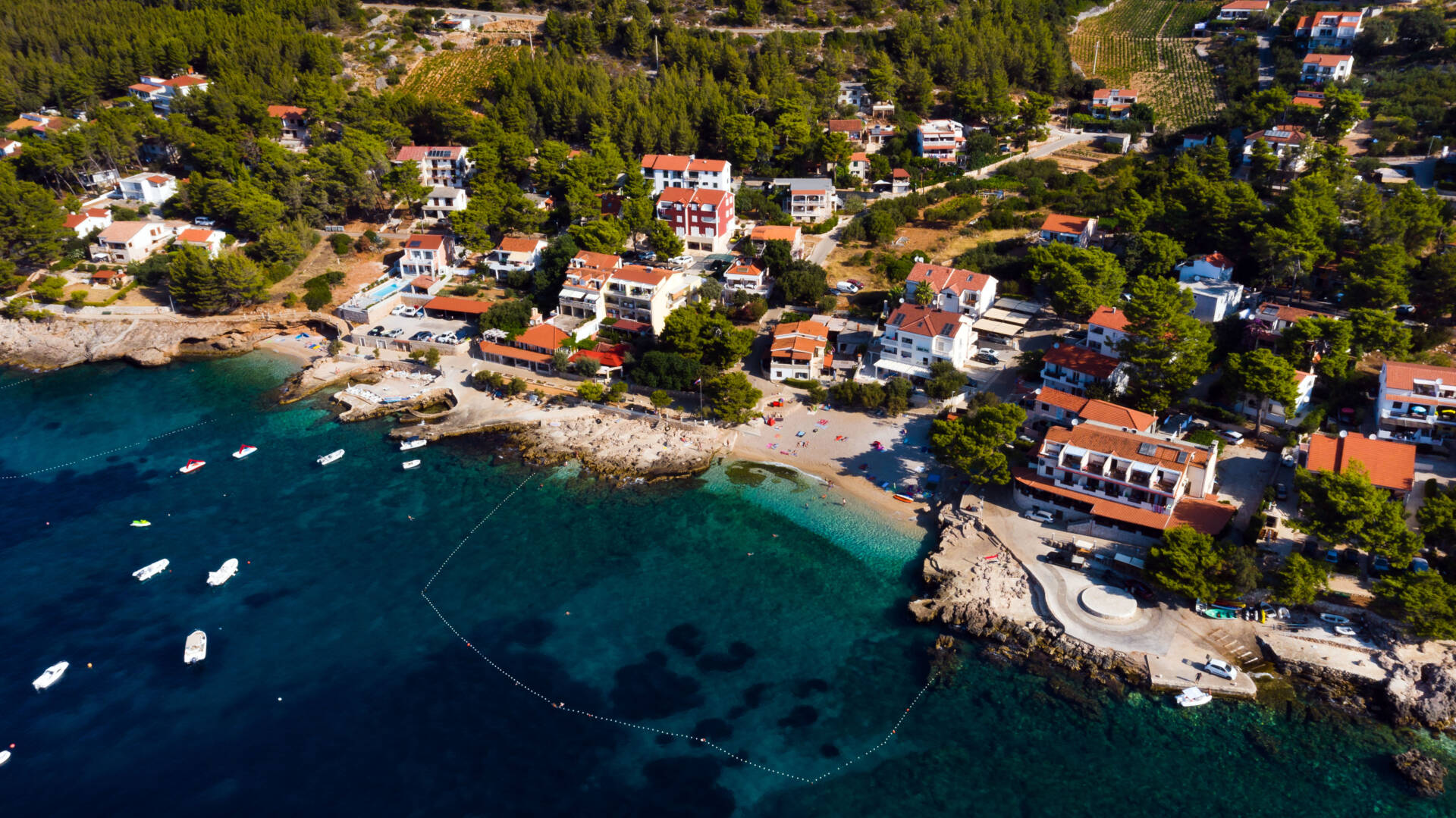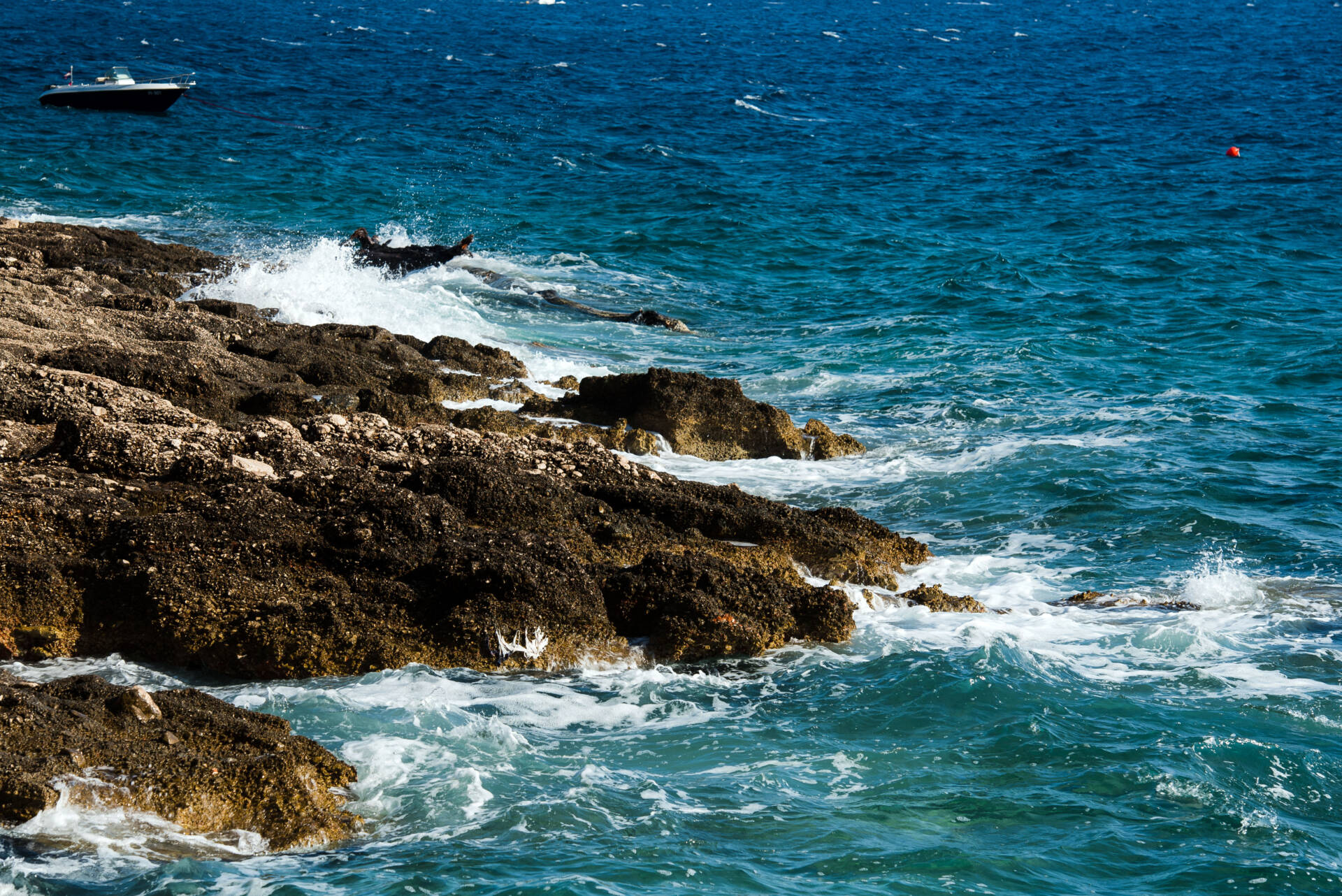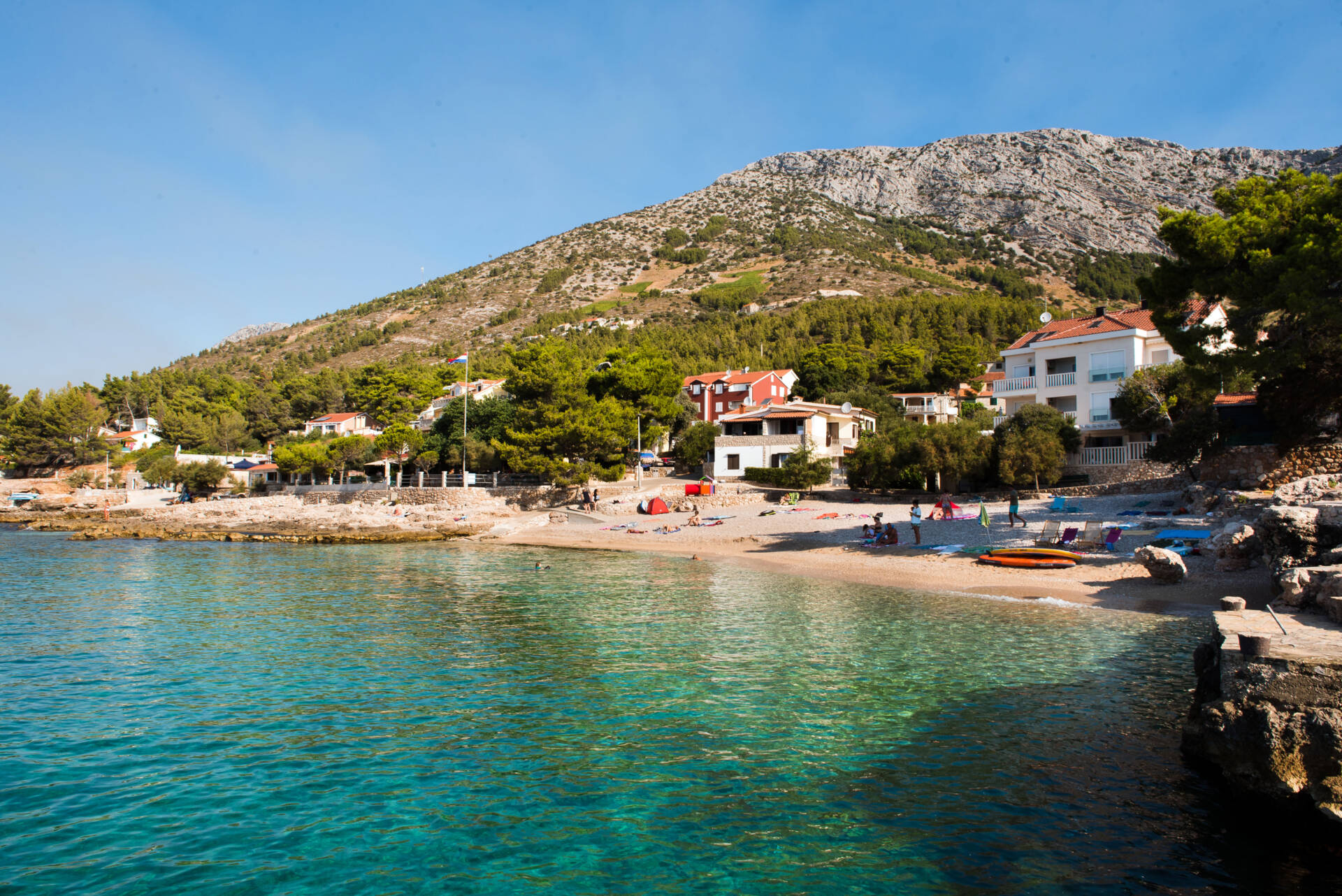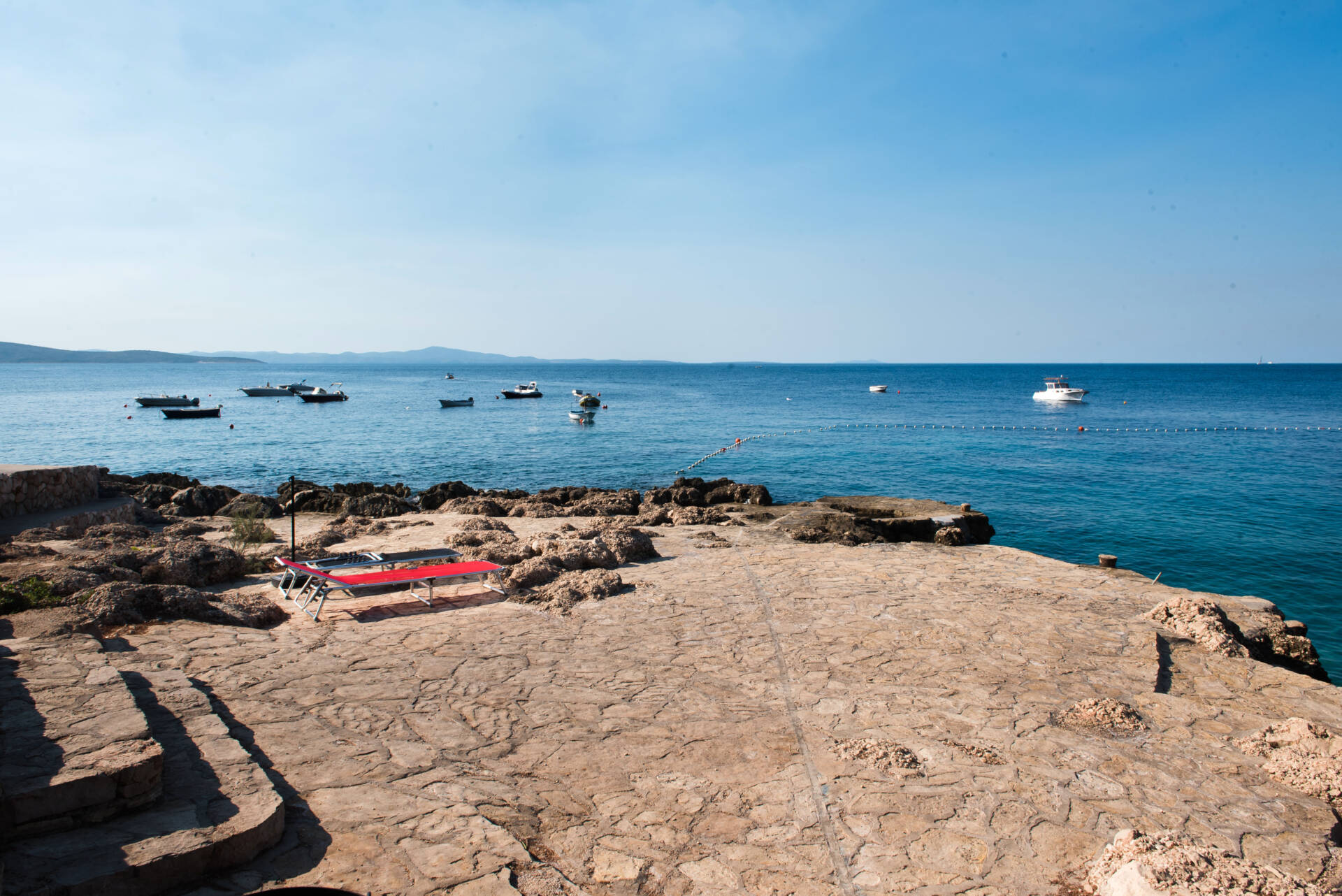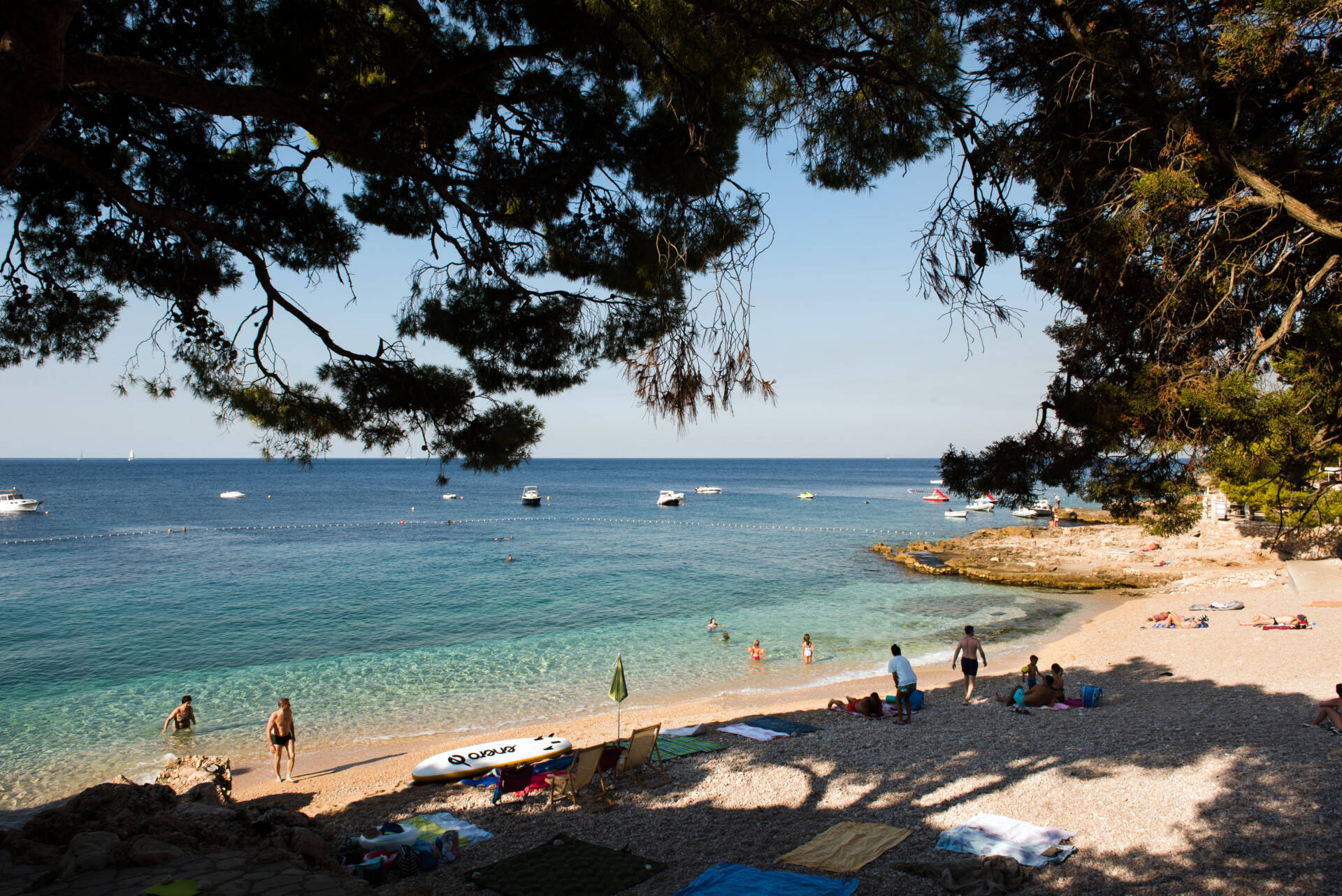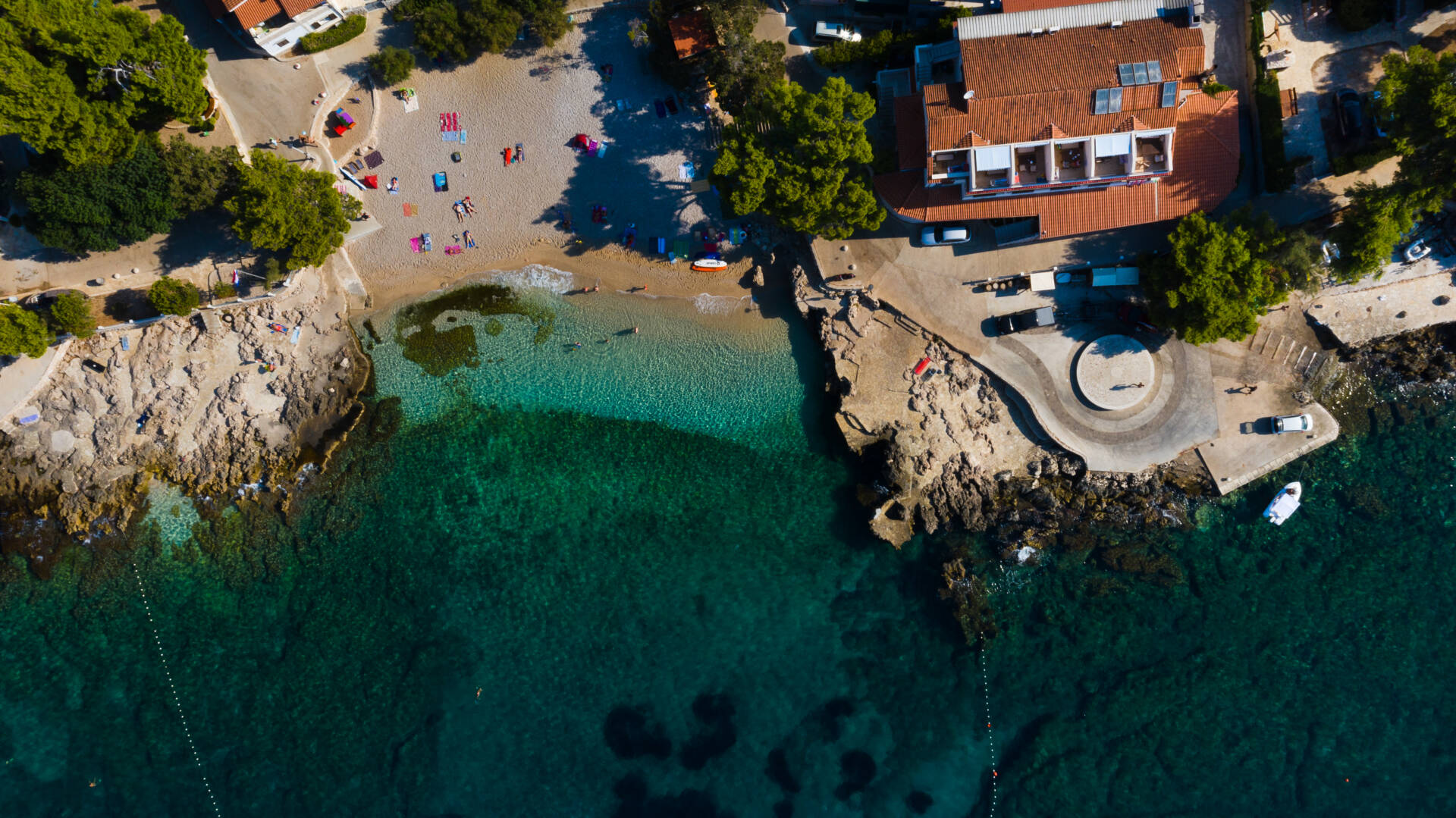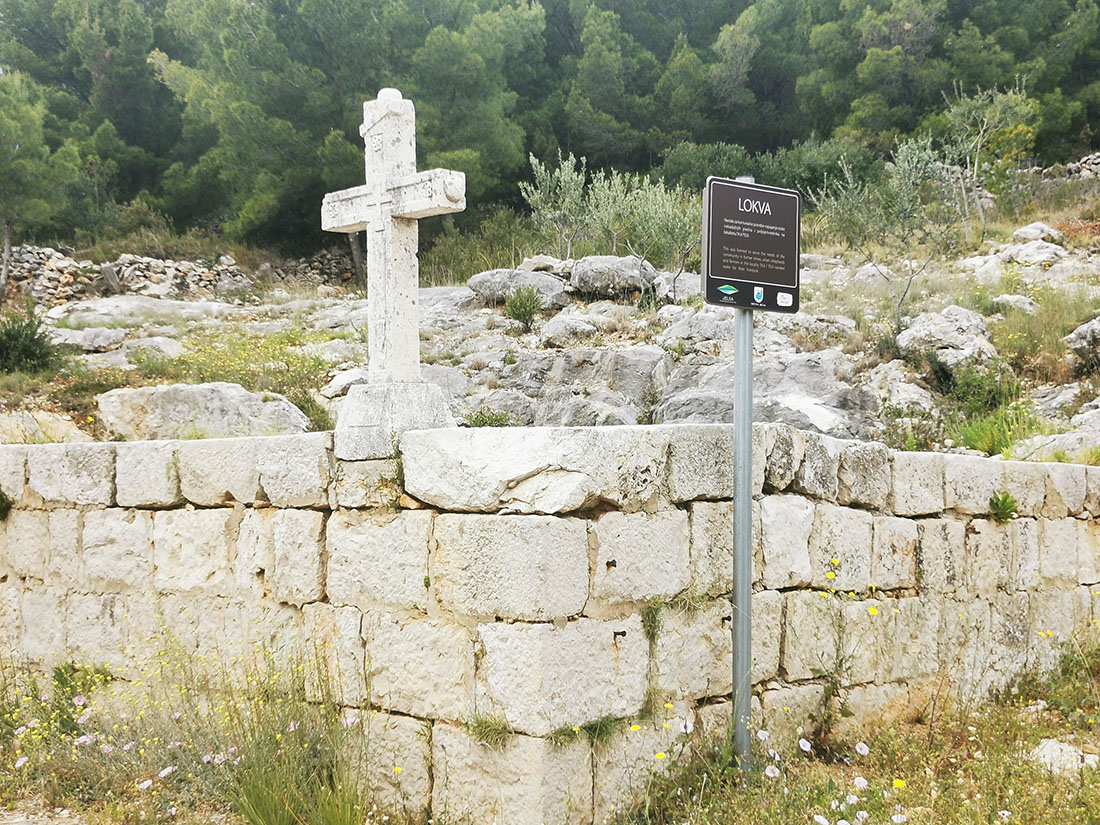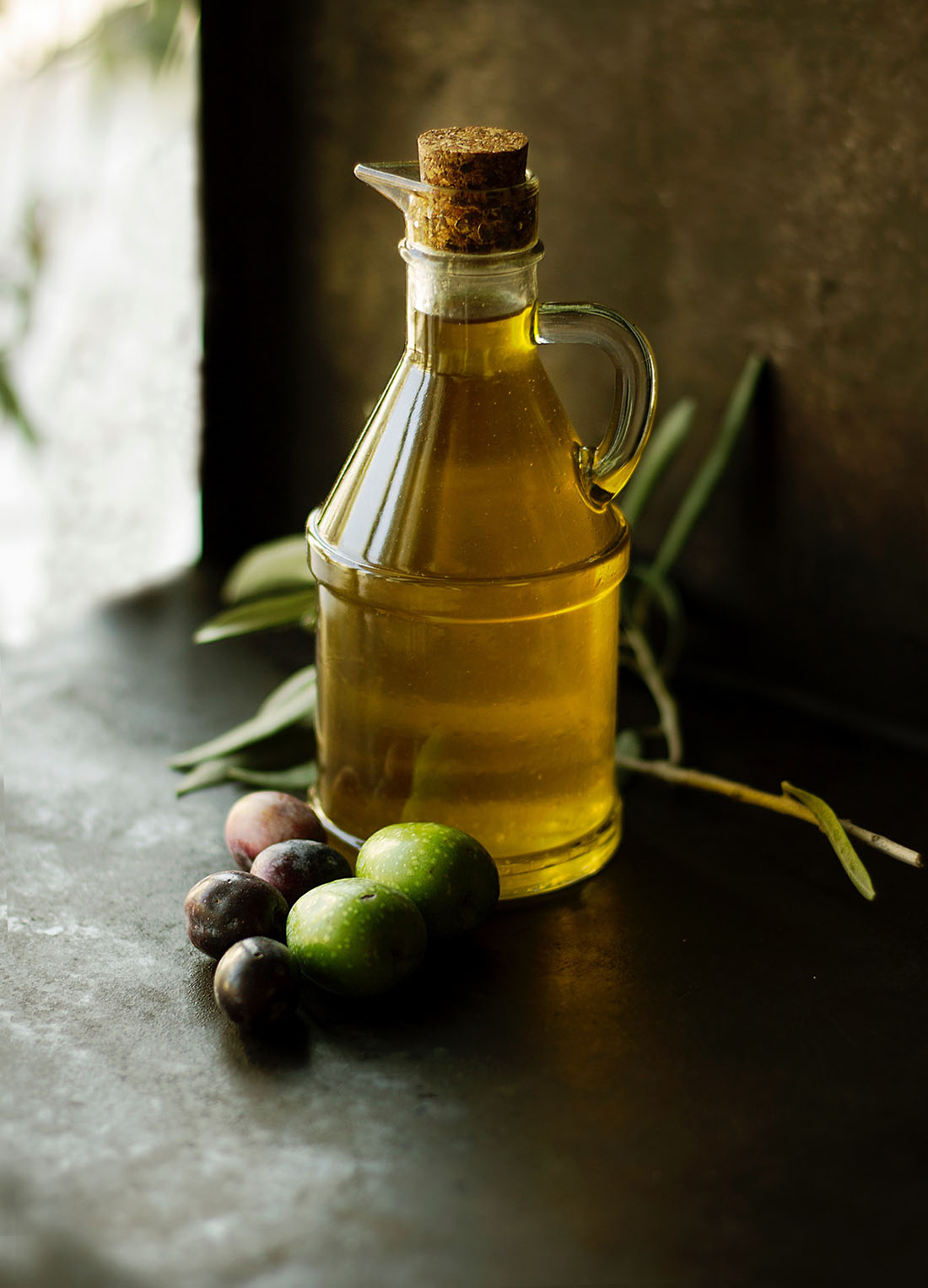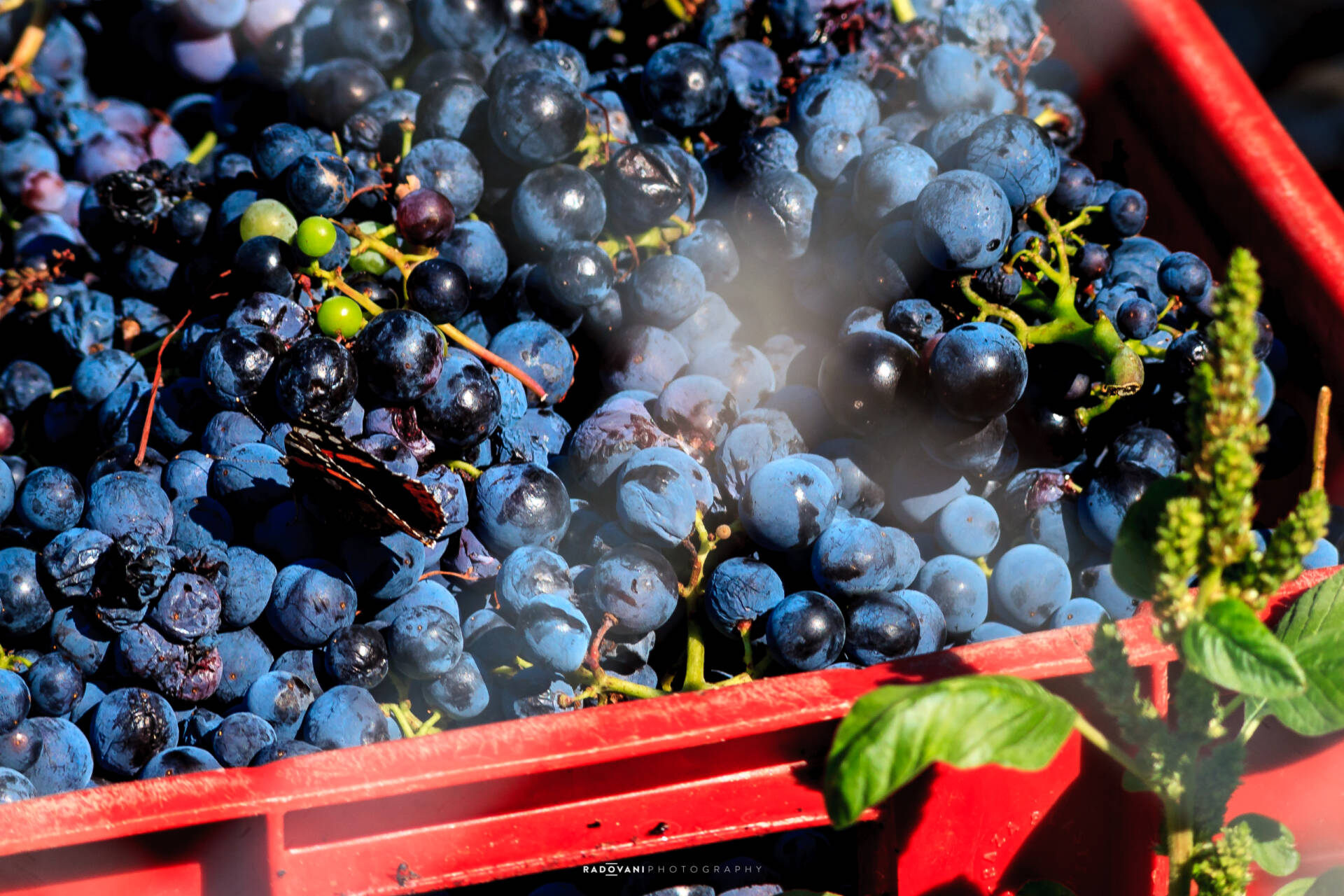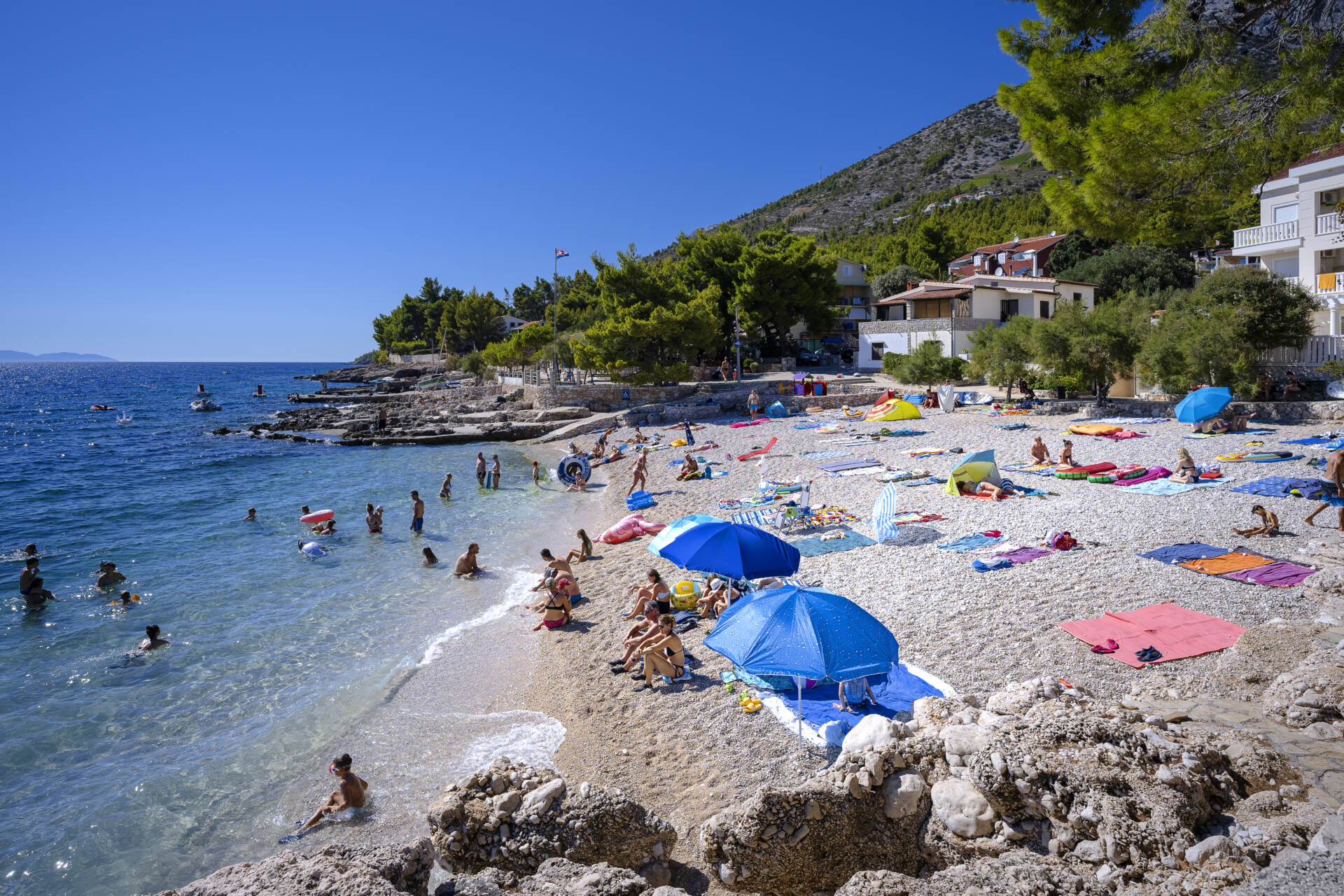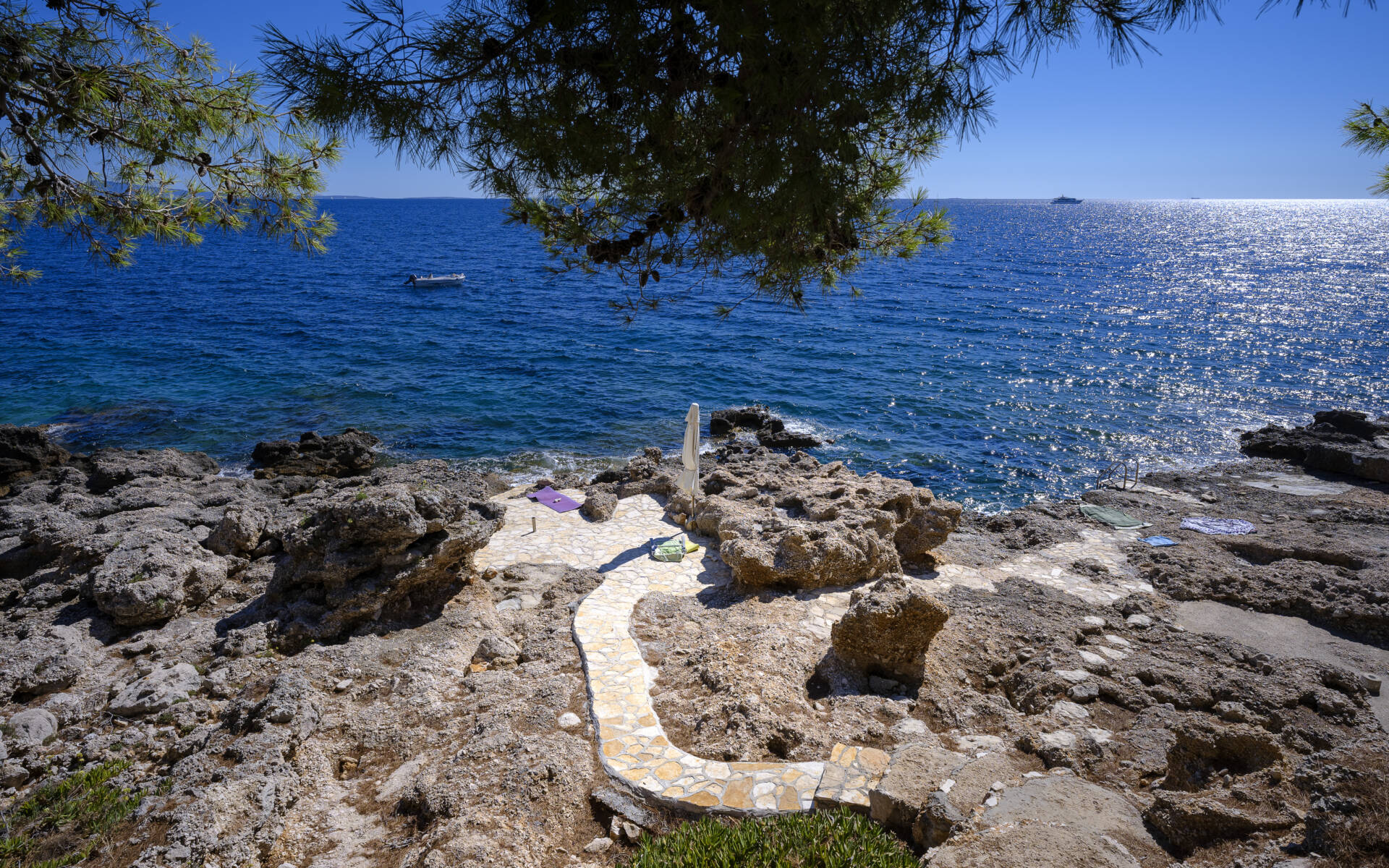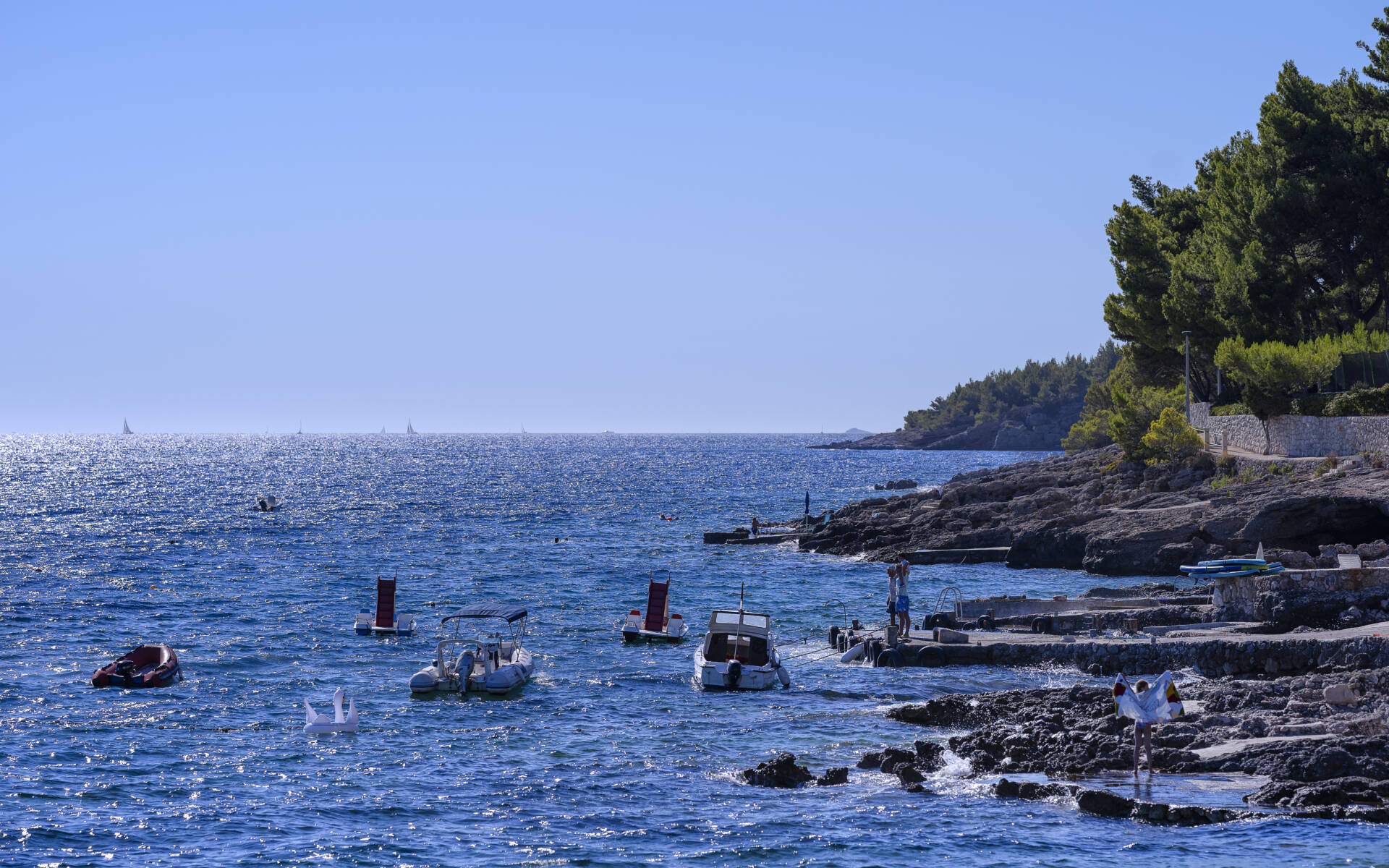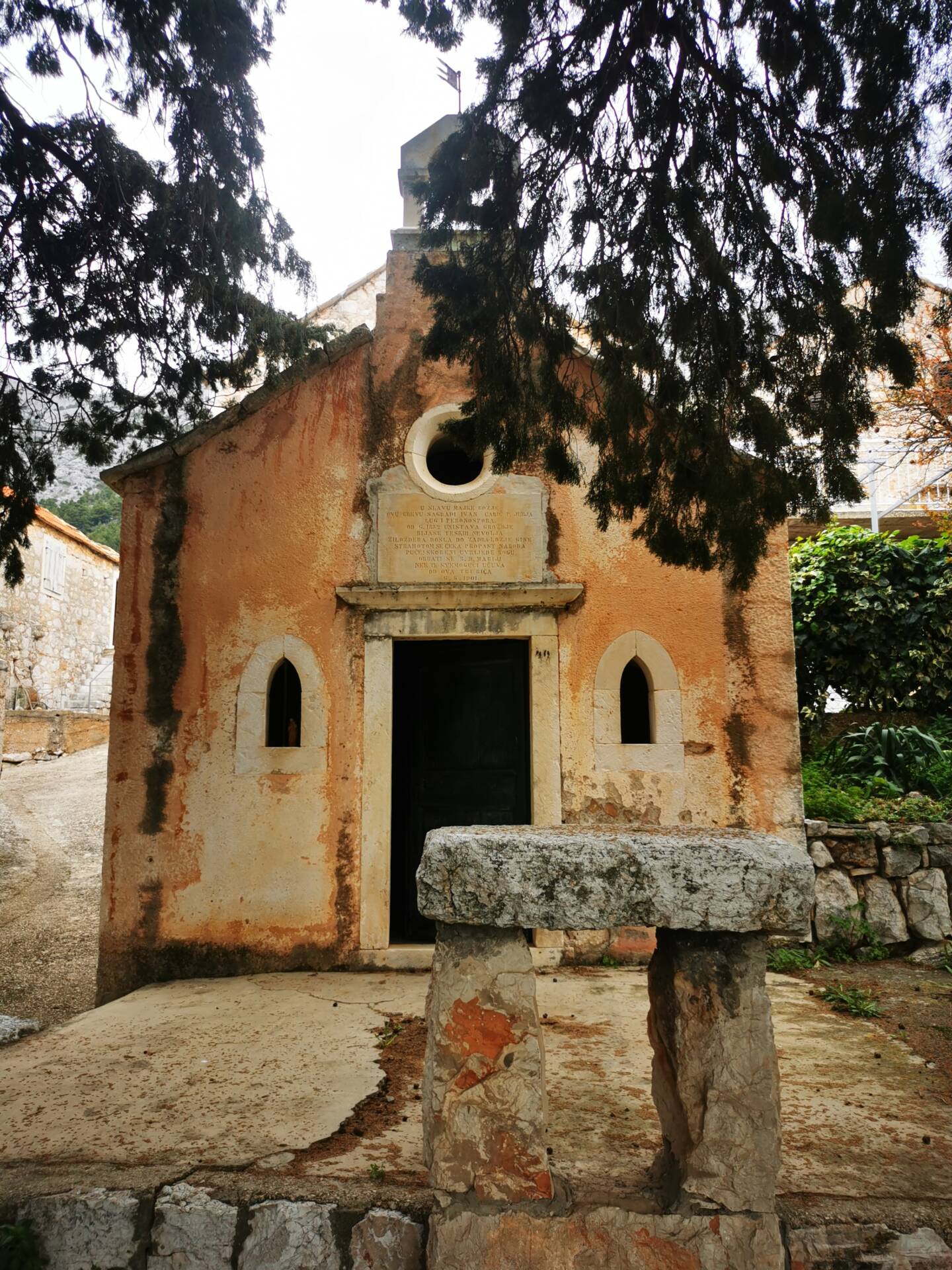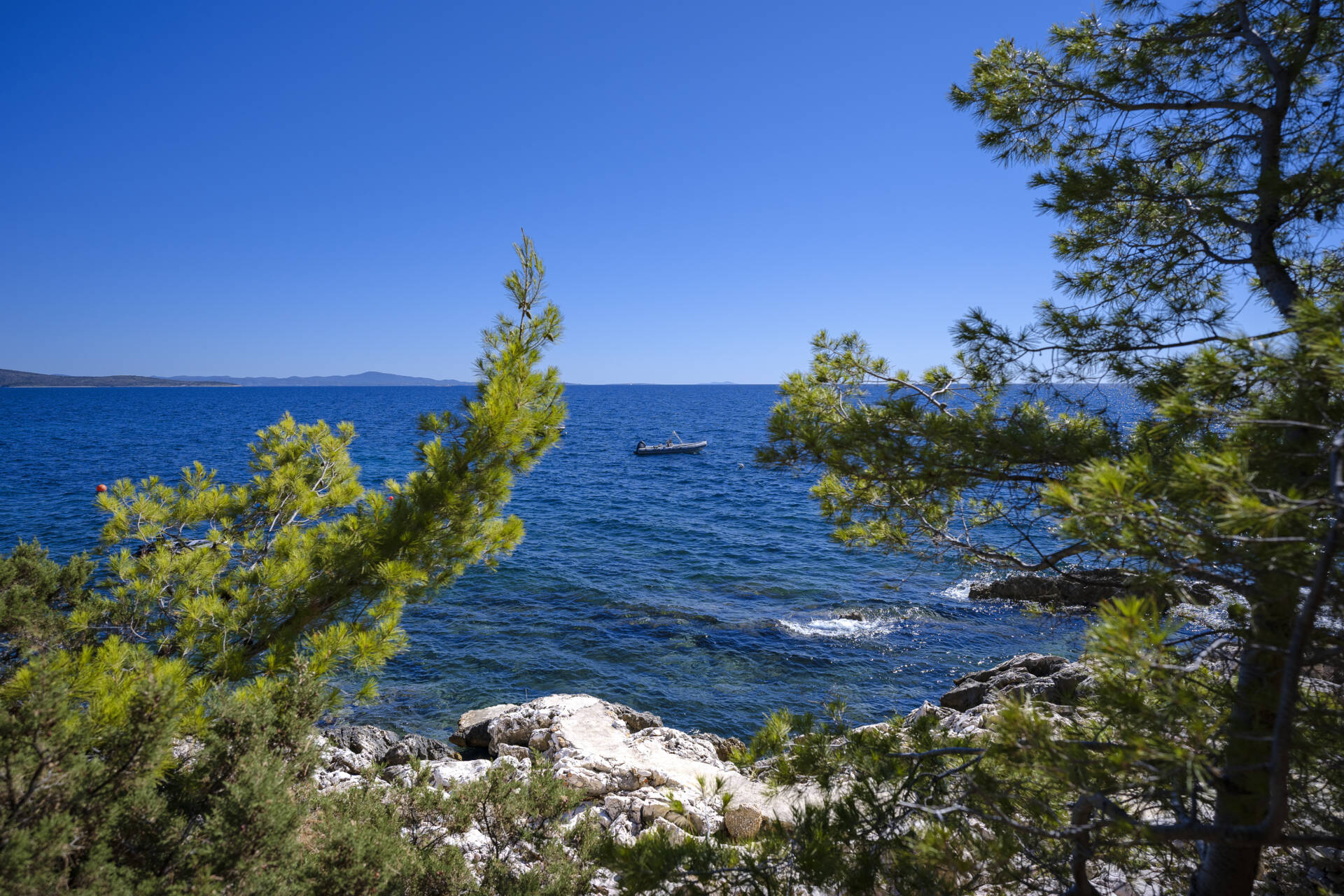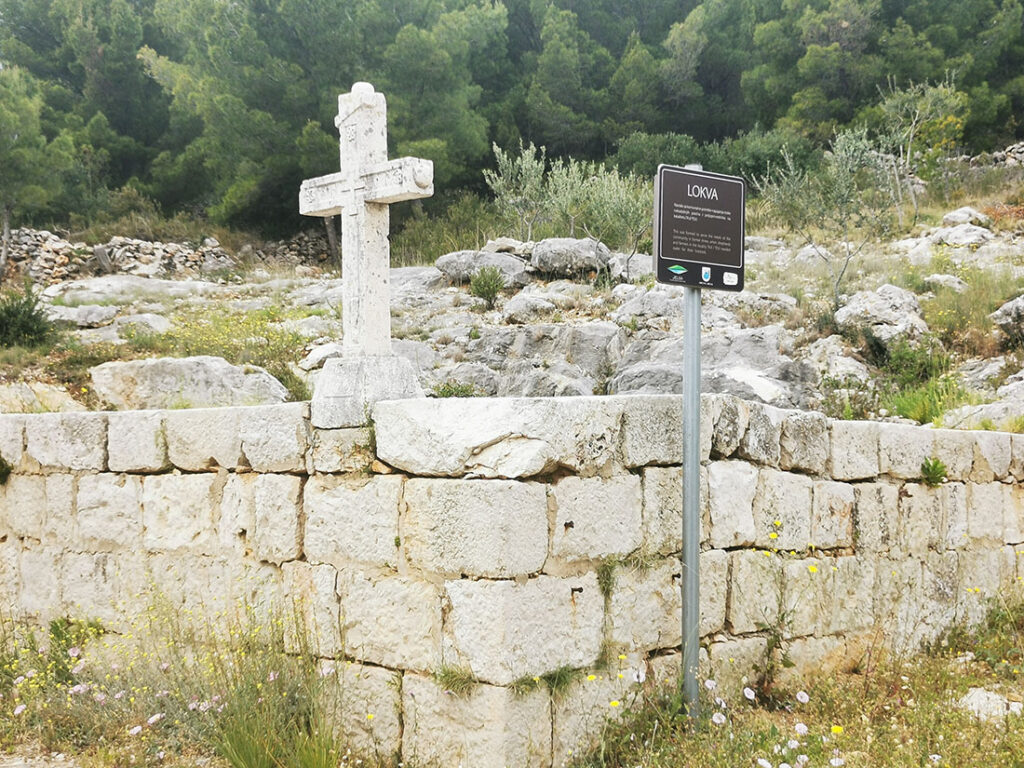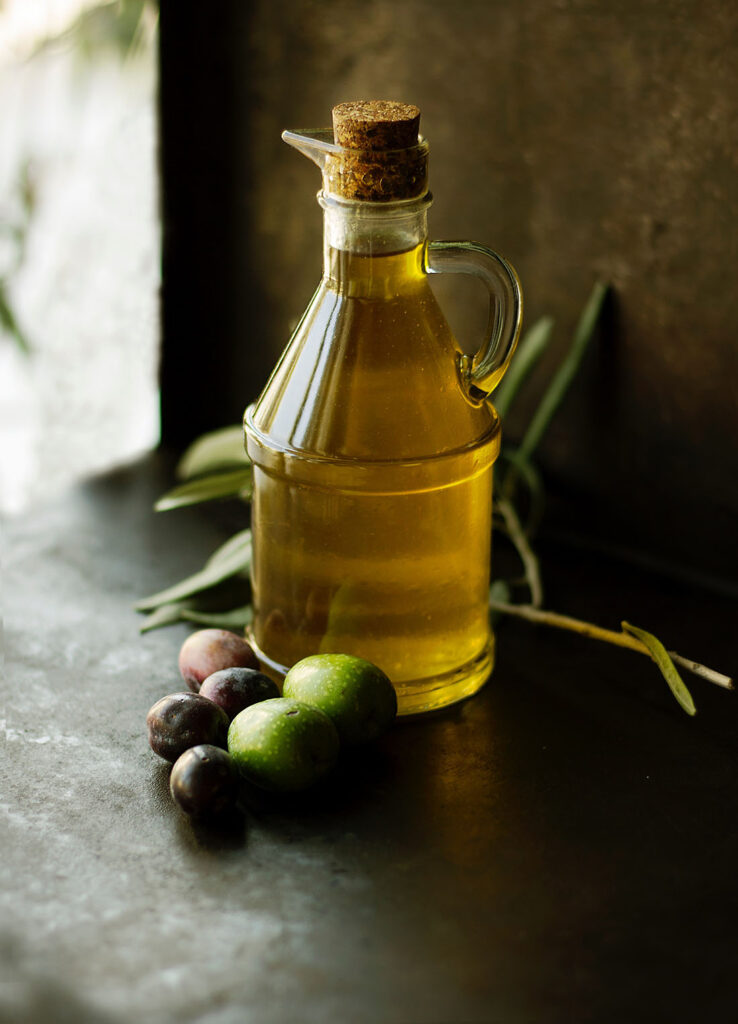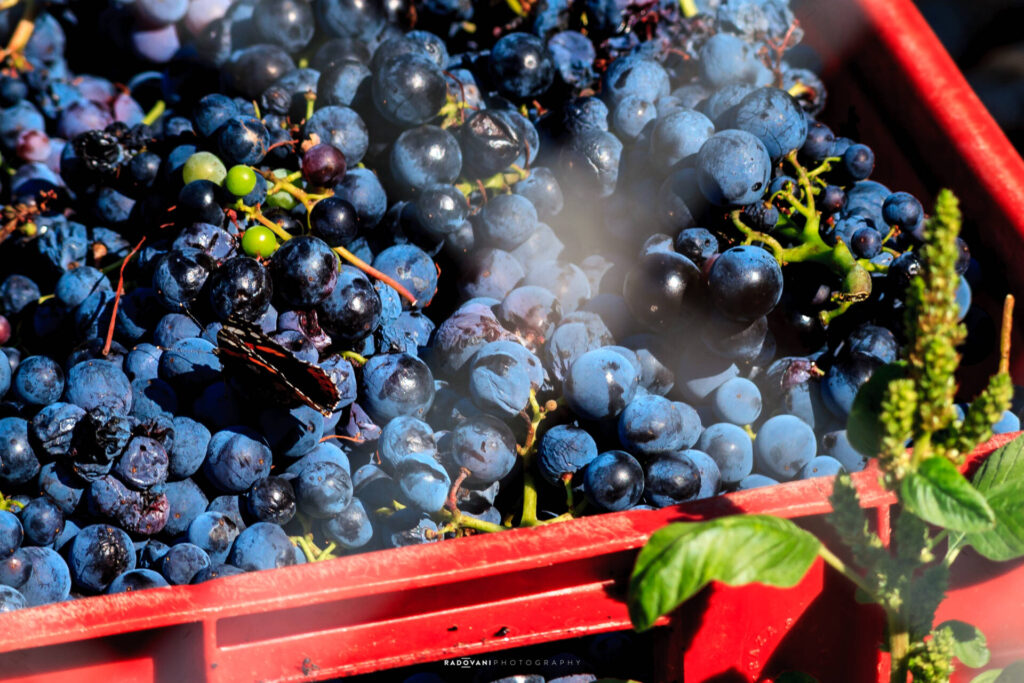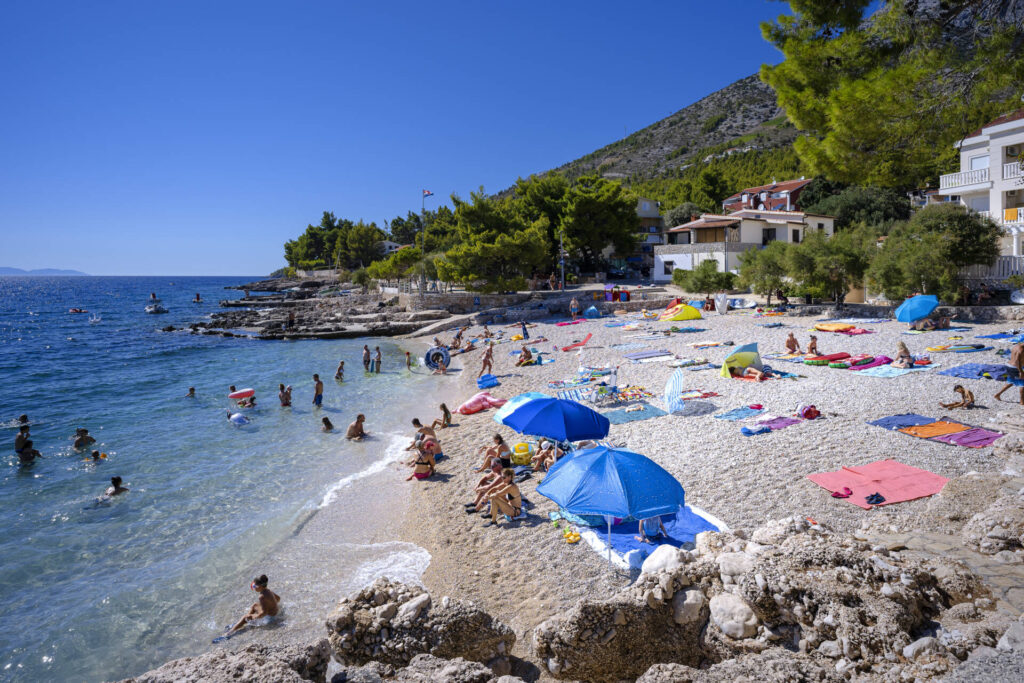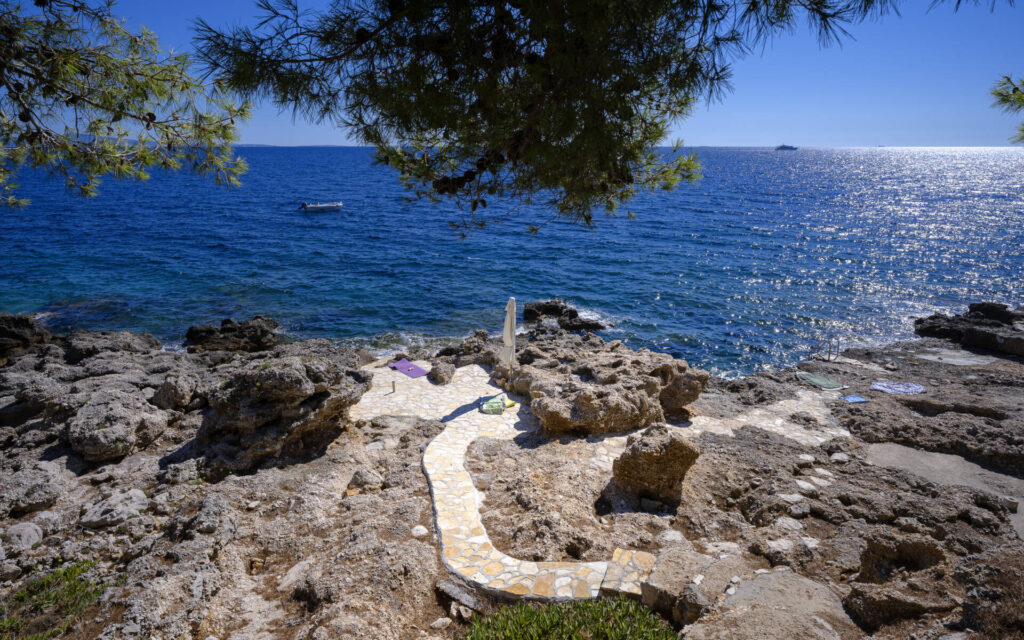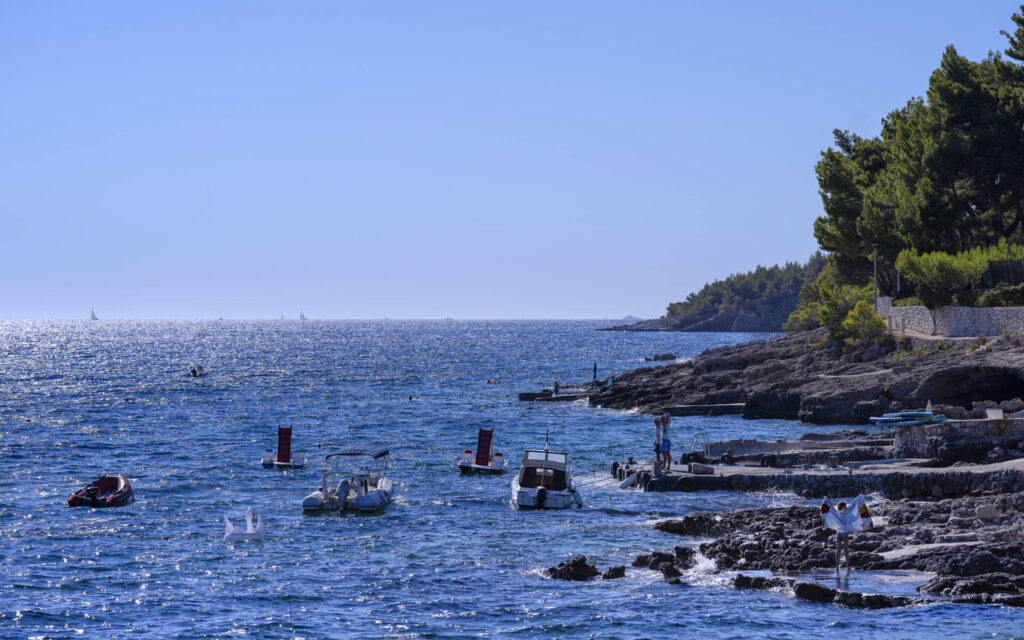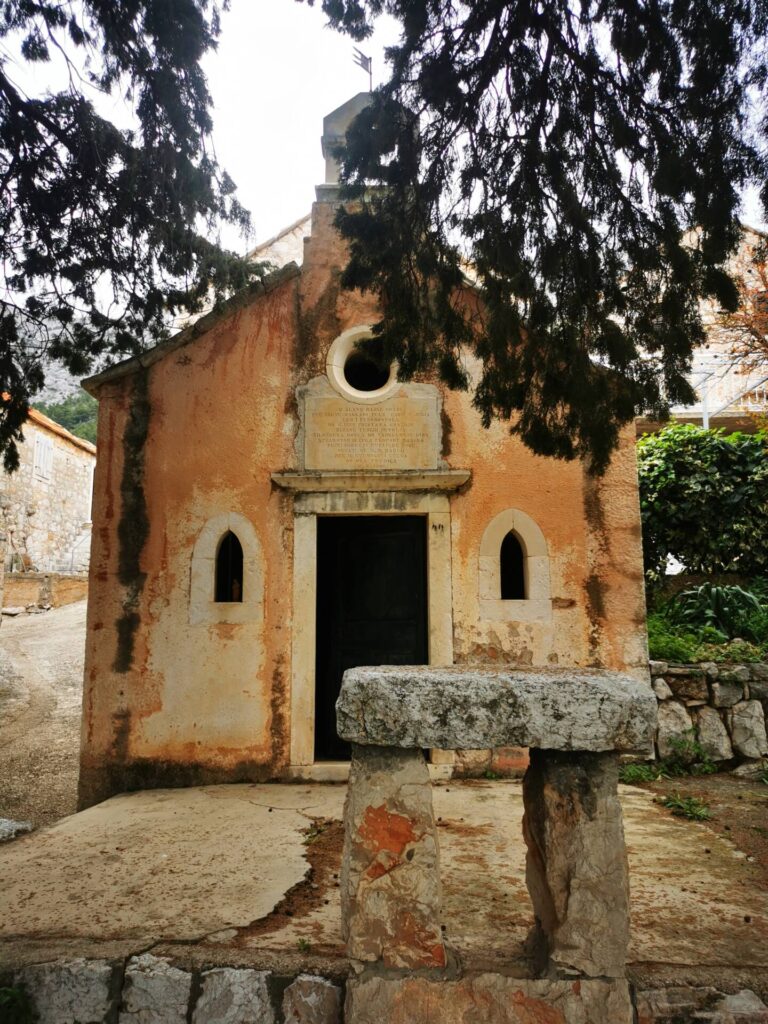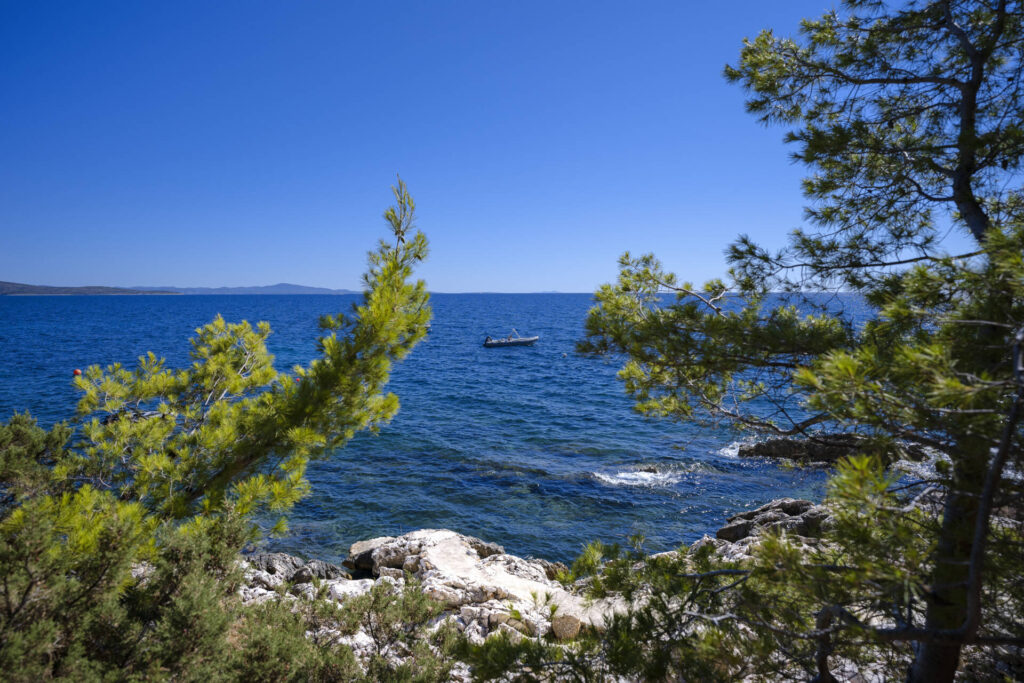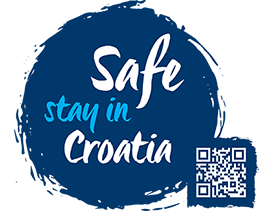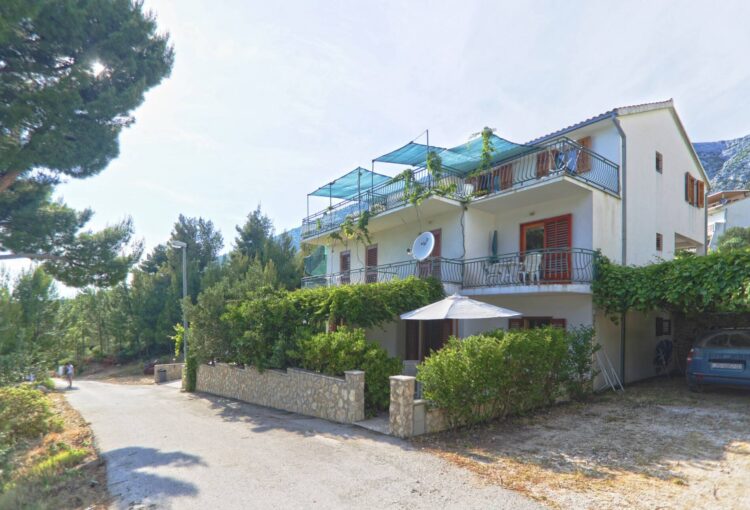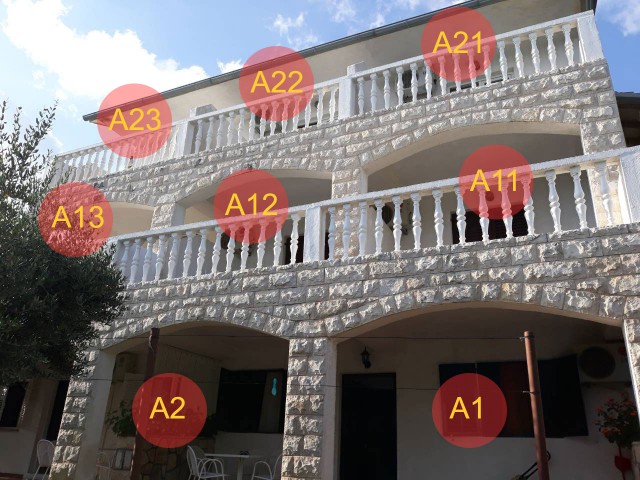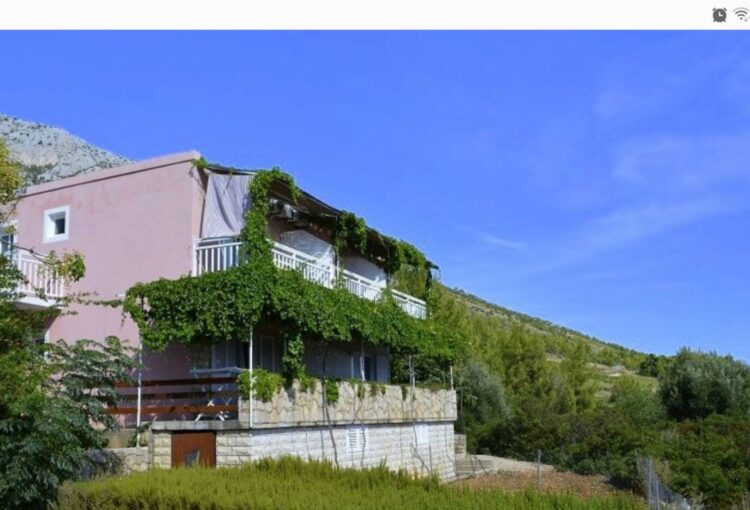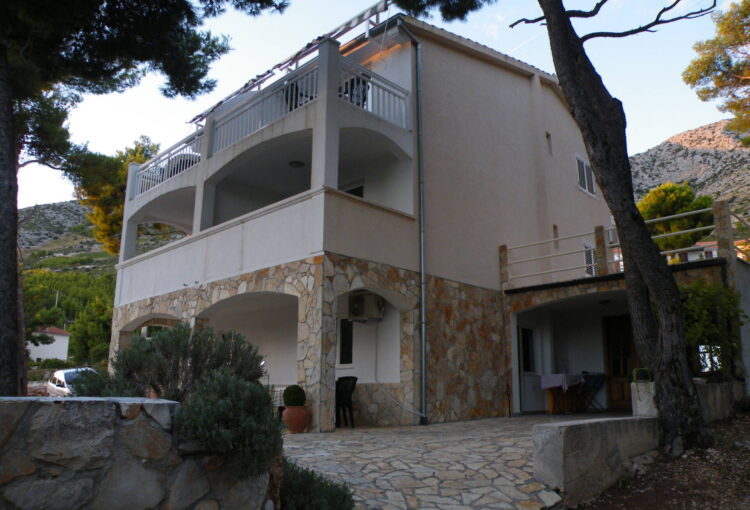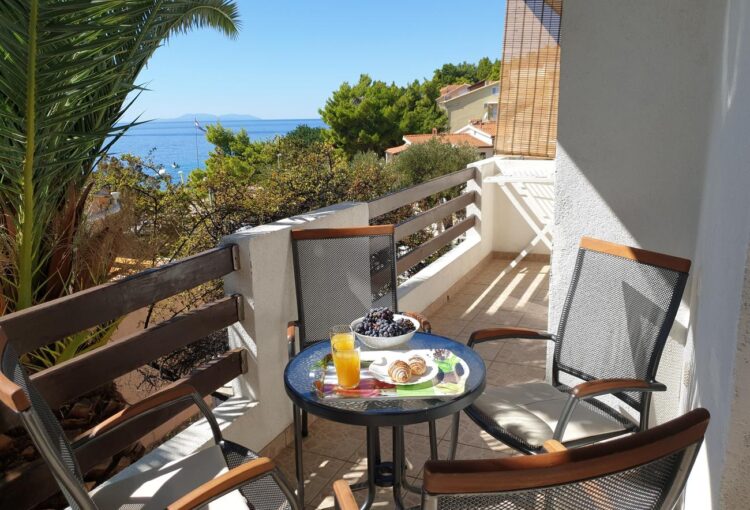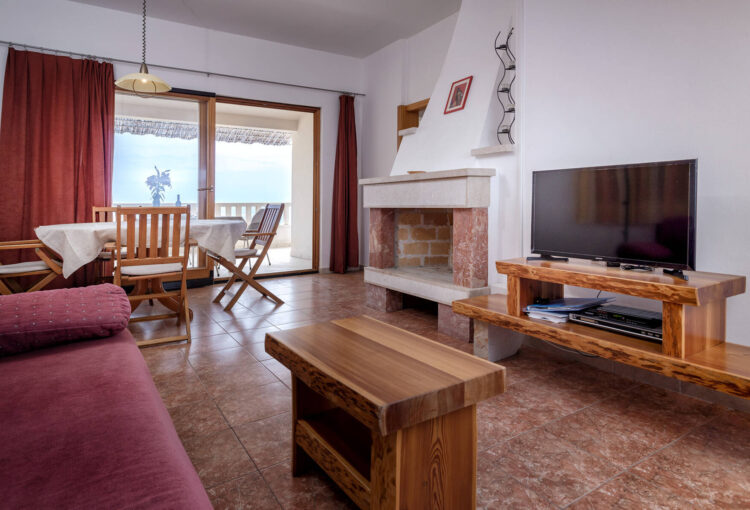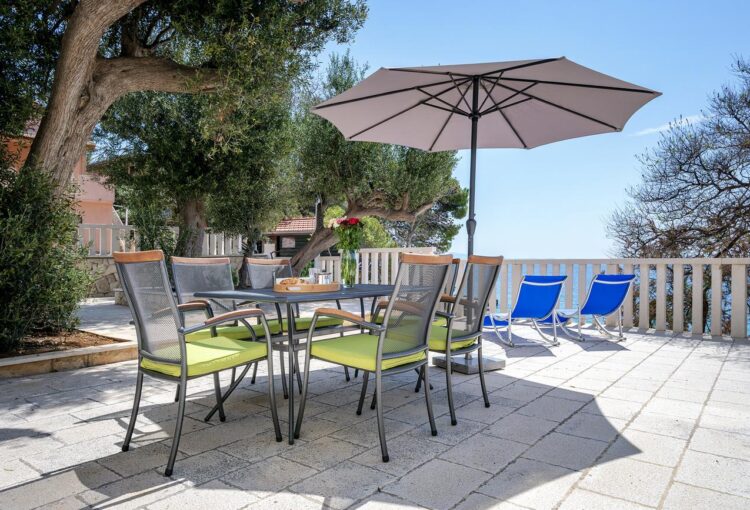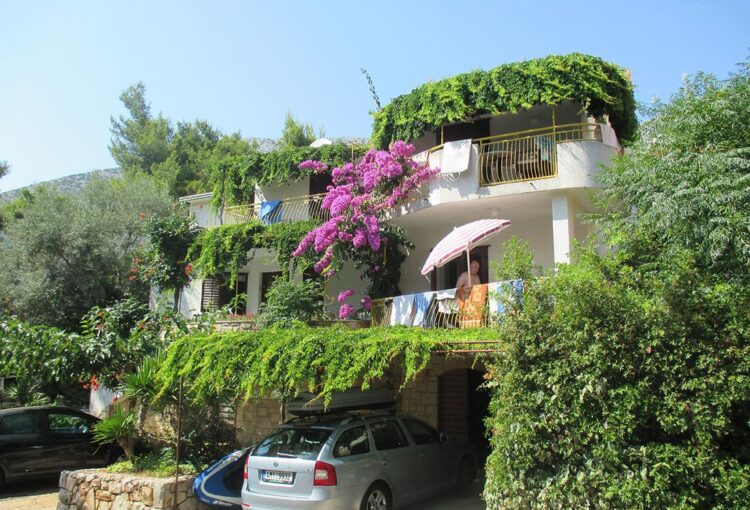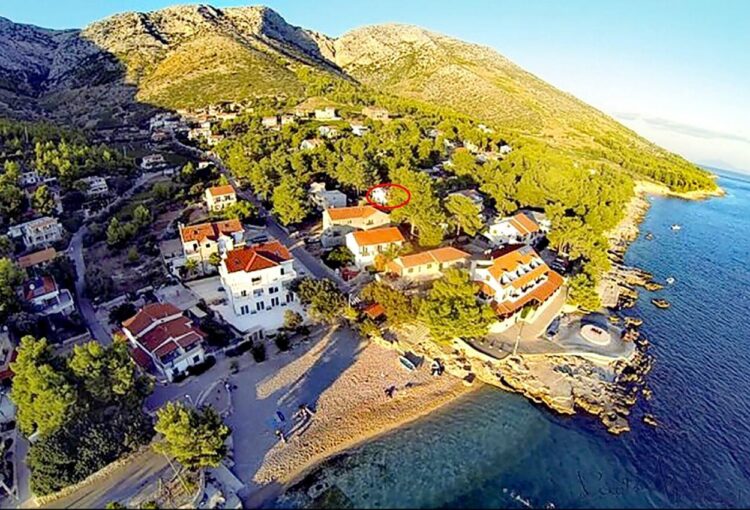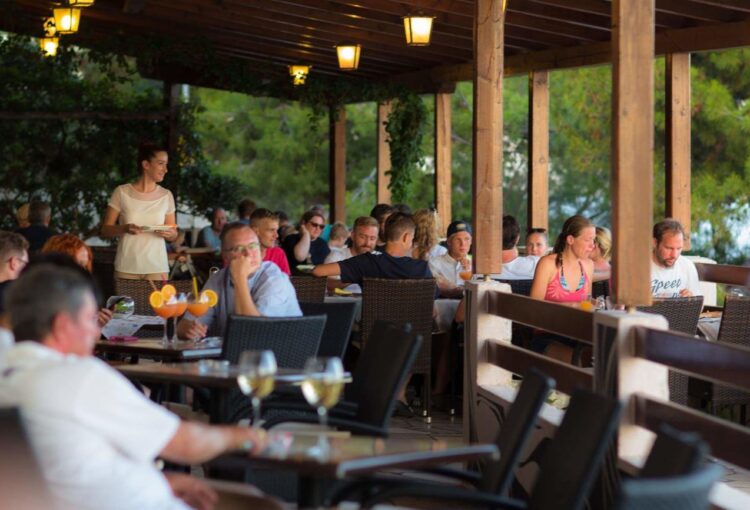About the village: Ivan Dolac, on the south side of Hvar Island, is 3 km west of Zavala, 5 km east of Sveta Nedjelja, 10 km from Jelsa, 17 km from Stari Grad, and 60 km from Sućuraj. It is 18 km east of Hvar Town as the crow flies, 34 km by road.
The village is recorded as existing in the 15th century. The record shows that in the middle of the 15th century there was a monastery from before the 15th century in a settlement called Taja. Taja, a local expression, means ‘rolling’, ‘wallowing’ or ‘destruction’, which possibly related to its sloping terrain. Ivan Dolac grew up on the western edge of Taja. In 1606, Duke Tadija Kačić was given ownership of property in Taja. He came from the mainland, but was unable to populate his new possession with his own people, as people from Pitve were already there, farming the surrounding land.
Later on, in the early 19th century, members of the Carić family from Svirče bought up property which had previously belonged to Duke Kačić. Ivan Dolac had already spread from the original Taja under its current name, and was linked with the inland village of Svirče by the end of the 18th century. The ruins of the Kačić house mark the beginning of today’s Ivan Dolac. The earliest record in 1857 numbered the inhabitants of Ivan Dolac at 24, rising to a peak of 46 in 1890, declining to 27 in 1910. After World War II there were just 4 in 1948, rising to 26 in 2001 and 39 in 2011.
Water was essential for the livestock which were originally an important part of farmers’ subsistence in this area, as all over Hvar Island. The place called ‘Lokva’, meaning ‘pool’ or ‘pond’, at the entrance to present-day Ivan Dolac, was created as a water source for the livestock of local shepherds and farmers from the nearby settlement of Taja.
On the chapel in the village is an inscription placed there in 1901 by one Ivan Carić, exhorting the people to pray to the Virgin Mary for their vines to be spared the disastrous powdery mildew, downy mildew (Plasmopara viticola) and phylloxera which had arrived in the Zadar region further north in 1852 causing financial disaster for the farmers.
The steep sloping fields around Ivan Dolac are still cultivated with vines, as the conditions are ideal for Dalmatia’s Plavac grapes. Alongside farming, the village has been developed in recent years for tourism. Basic supplies are available in the village shop, and local producers offer their wine, olive oil and home-grown vegetables for sale. There are several fine beaches which are particularly suitable for families.
How to reach Ivan Dolac: Coming from west or east, from the main (116) road, take the turn for Pitve, drive through the two parts of the village (Donje and Gornje Pitve) and on through the Pitve-Zavala (Vratnik) tunnel; follow the road down towards the sea, and continue straight on with the sea on your left until you reach the village. There is no official direct road access to Ivan Dolac from Hvar Town (as yet).
What to enjoy: Ivan Dolac is the perfect place for a relaxing beach holiday.
Where you can eat and drink: To find some of the local bars, click on the option ‘Cafés and Bars‘ (in the drop-down menu under ‘Food and Drink’); click on ‘choose destination’ in the box under the lead picture, and choose ‘Ivan Dolac’ from the drop-down menu.
For local restaurants, click on the option ‘Restaurants‘ (in the drop-down menu under ‘Food and Drink’); click on ‘choose destination’ in the box under the lead picture, and choose ‘Ivan Dolac’ from the drop-down menu.
Where you can stay: Click on ‘Accommodation‘ in the top bar; click on ‘choose destination’ in the box under the lead picture, and choose ‘Ivan Dolac’ from the drop-down menu. If you wish, you can specify what type of accommodation you are looking for via the box marked ‘Accommodation type’.
You can also check a wide range of accommodation available through a variety of agencies, including Booking.com, Visit-Hvar.com, Adriatic.hr, Direct-Croatia.com, Croatian Villas, and Hvar-Info.
Photo gallery
Photo gallery
Accommodation
Nothing found for your criteria.
Nothing found for your criteria.
Nothing found for your criteria.
Nothing found for your criteria.
Nothing found for your criteria.




